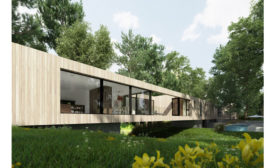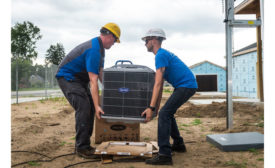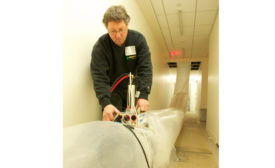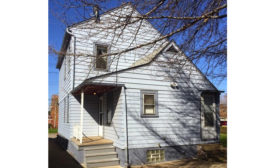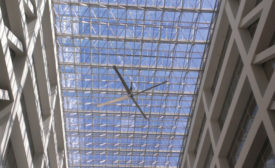Home » net zero energy
Articles Tagged with ''net zero energy''
How a 117-Year-Old Home Became the Future of Sustainable Housing
It’s not practical to build new sustainable homes for every household in the U.S.
Read More
Collaboration Looks to Achieve Net Zero Energy Military Base
Builds on existing efforts to increase sustainability and energy security for major logistics base
November 21, 2016
Santa Monica Approves Zero Net Energy Building Requirement
The ordinance now goes to the California Energy Commission for approval
November 17, 2016
North America a Leader among Zero-net-energy Homes
North America is expected to lead the ZNEH market from 2015-2025
October 3, 2016
North America to Lead Zero Net Energy Homes Market to 2025
Europe and Asia Pacific are also expected to see considerable market growth over the forecast period
August 30, 2016
HVAC’s Role in Net-zero Buildings
Heating and cooling systems are key players in net-zero-energy building projects
Read More
Copyright ©2024. All Rights Reserved BNP Media.
Design, CMS, Hosting & Web Development :: ePublishing
